Turkish oud with classic tear-drop shape and bowl bottom. The Turkish oud is played in traditional Turkish and Mediterranean music and is known for producing a powerful, resonating sound. This model features a Sheesham and walnut wooden body and Sheesham neck with a beautiful satin finish.
Please note: The decorations can vary from those photographed.
Important Specifications:
- Item overall: 33″ L x 7.75″ H x 13.75″ W.
- Body/Bowl: 19″ L x 7.75″ H x 13.75″ W.
- Body: variegated Sheesham and walnut; 23 staves.
- Neck: Sheesham.
- Soundboard: The soundboard is unfinished spruce and has 3 round sound holes with goatskin rosettes.
- Strings: There are 11 strings; 6 courses – Nylon and wound strings.
- Course 1-3 Nylon and course 4-6 wound strings.
- Tuning: Suggested Turkish oud tunings (from low to high):
- E2,A3,B3,E3,A4,D4/E2,F#2,B3,E3,A4,D4
- Range E2-A5.
- Tuning Pegs/Levers: 11 pegs made out of Sheesham.
- Nut: Made from bone. Neck at Nut: 1.5″ W; Nut: 2.1250″ W.
- Neck at Body Joint: 2.1250″ W.
- Bridge: Sheesham mustache with lacewood top Strings at Bridge: 3.1250″ W.
- Scale Length: 23″.
Accessories Included:
- Soft Padded Gig Bag,
- Pick.
- Owner’s guide.
SPECIAL NOTE ON STRINGS:
There is no warranty on strings. Manufacturers recommend that you change the strings on your instrument as soon as you receive it. Your instrument has completed a long journey before it ever begins the final leg of your home. During this time the elements affect the strings and may shorten their lifespan. It occasionally happens that a string will fail during that final leg of the journey. Therefore, it is recommended that you purchase a replacement set of strings and consider changing your strings soon after it arrives. If you are a student you may want to change your strings every 3-4 months. If you are a rock star you may need to change your strings every week. If you store your instrument, you should consider changing the strings when you pick it up again.
| Year | 2023 |
|---|---|
| Finish | Sheesham |
| UPC | 8.45E+11 |
| Brand | Mid-East |
| Condition | Brand New |
Brand
Mid-East
Be the first to review “Mid-East OUDRT Turkish Oud Sheesham w/Gig Bag, Pick & Owner’s Guide” Cancel reply
Related products
Folk Instruments
Folk Instruments




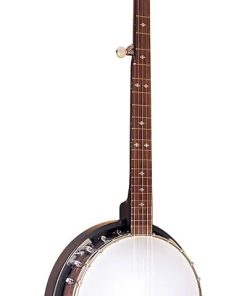


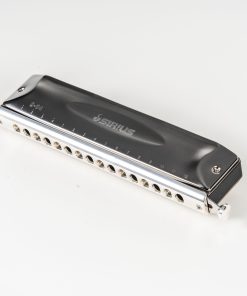
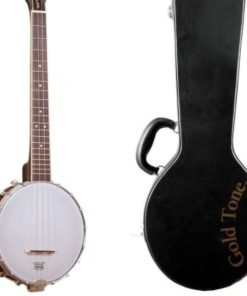

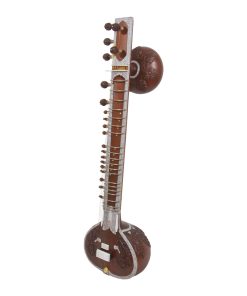
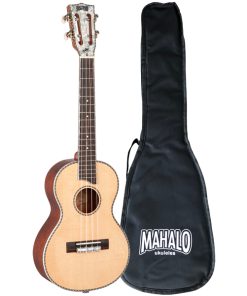

Reviews
There are no reviews yet.